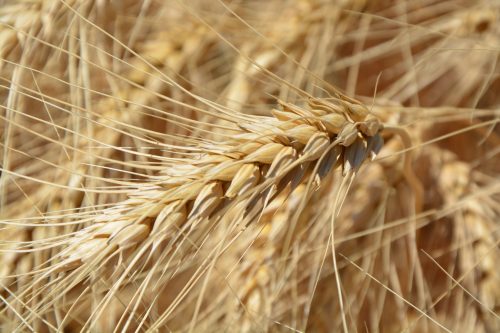Wheat is an essential part of diets around the globe: in fact, twenty percent of the world’s total calorie consumption is from wheat alone. Thus, scientists are eager to find out how to produce it faster and more efficiently, and to do that, they’re looking back into the past.
Wheat was domesticated ten thousand years ago in the present-day Middle East, when humans rapidly modified the crop’s key traits. Nowadays, we continue to produce domestic wheat. It differs from wild wheat in that it has non-shattering spikes, an adaptation that allows the plant to better retain its seeds and to be harvested more easily.
Researchers at Tel Aviv University, led by Assaf Distelfeld, have been studying the genetics responsible for non-shattering spikes. Their work analyses the genome of wild emmer wheat to better link the grain’s physical traits to the genes responsible for them. They found two main genes responsible for shattering spikes in wild wheat—two genes that are not functional in domesticated wheat.
“The fact that we find the same mutations in every domesticated wheat genotype is amazing because it exemplifies how strong genetic bottleneck or selection can be,” Distelfeld said. Human preference for the non-shattering spike phenotype was a selective force that drove the domestication of wheat plant. But modifications to wheat may not be over, especially with these new genetic discoveries.
“Now that wheat is in the ‘post-genomic era,’ many scientists will feel comfortable working on wheat instead of model plants, so wheat improvement will be faster,” Distelfeld said.

